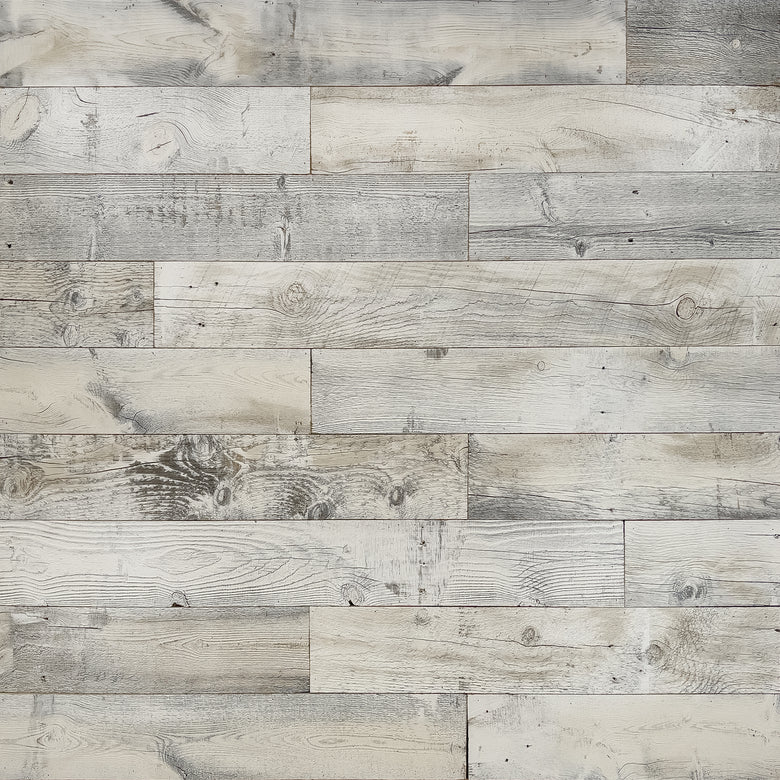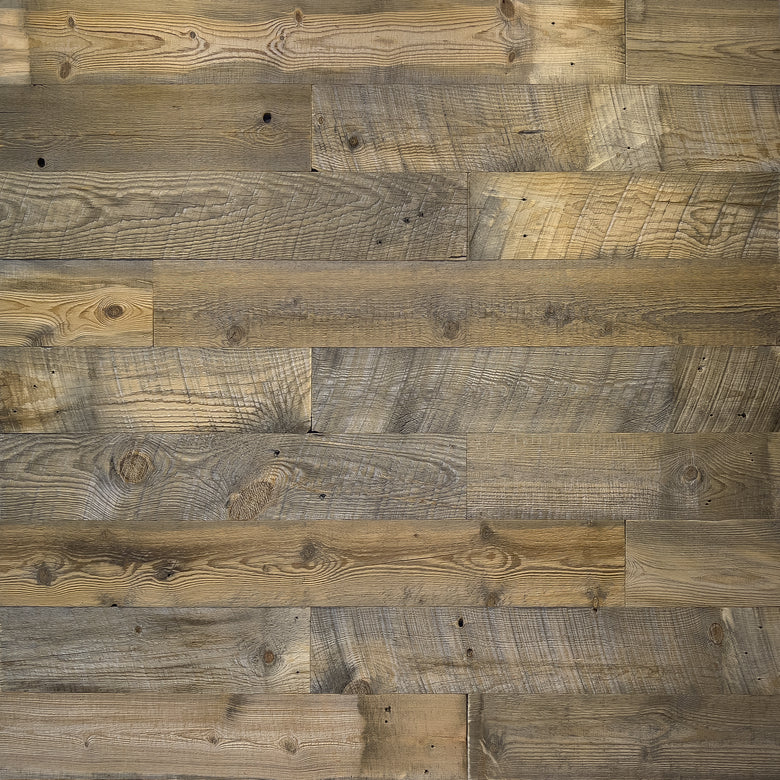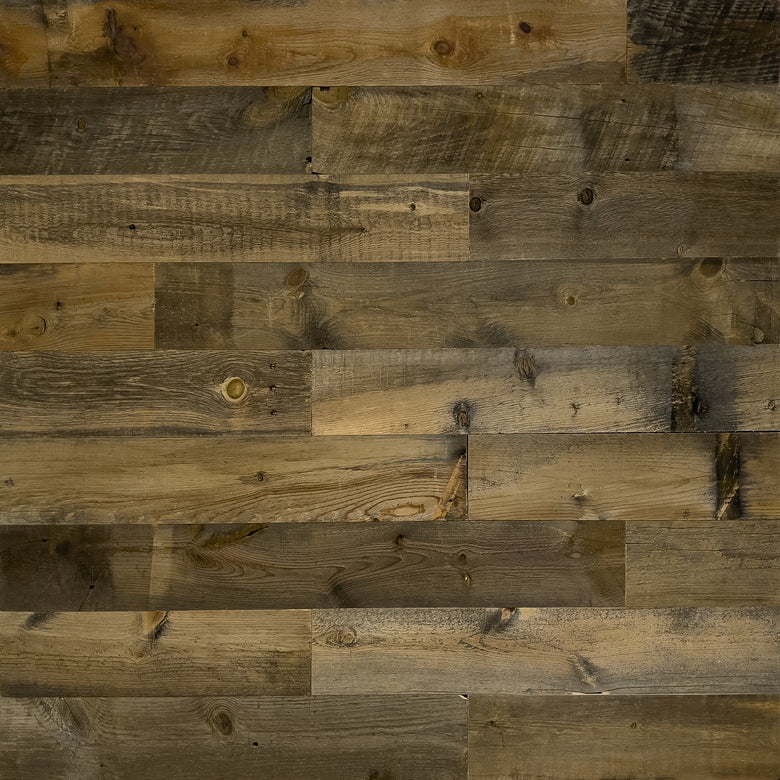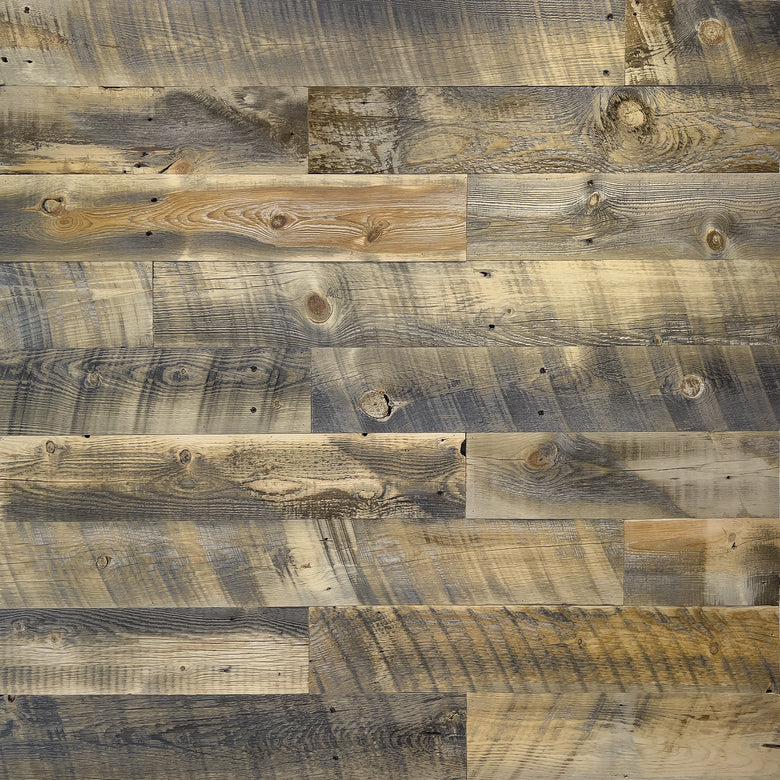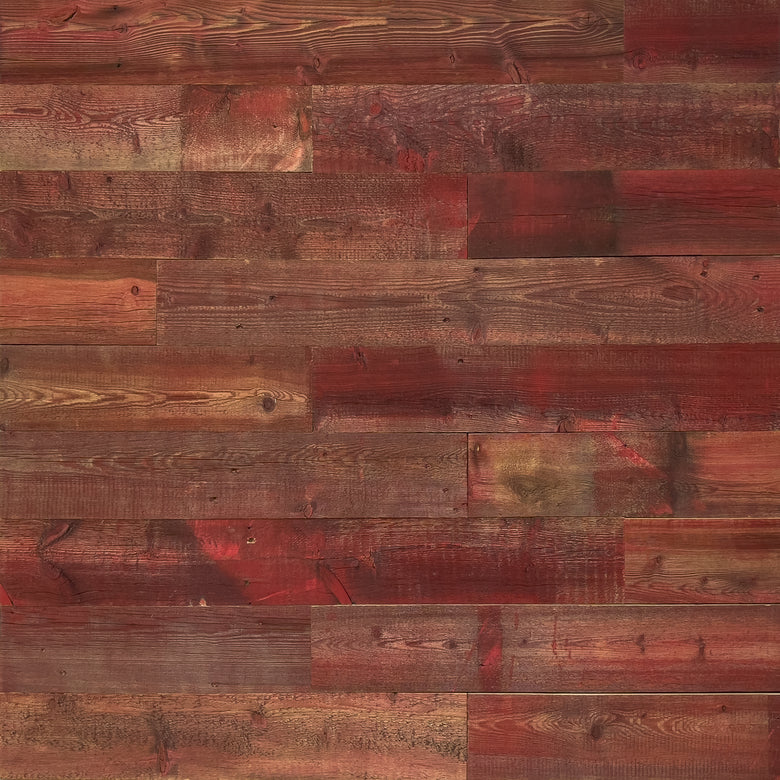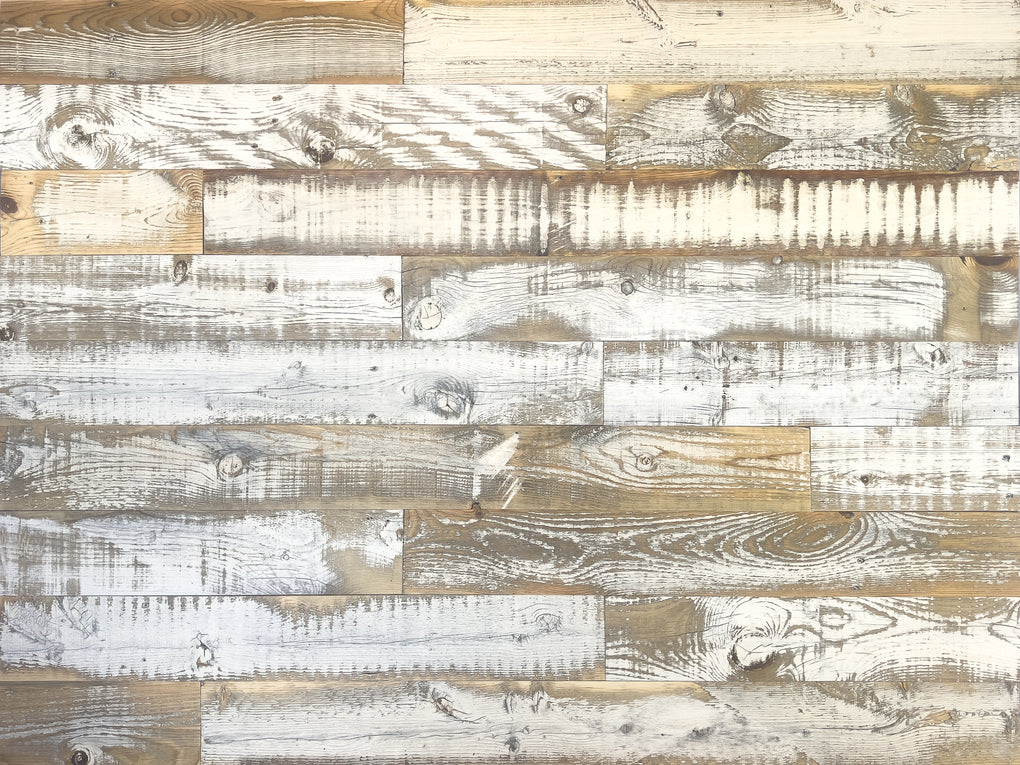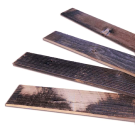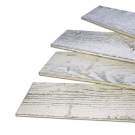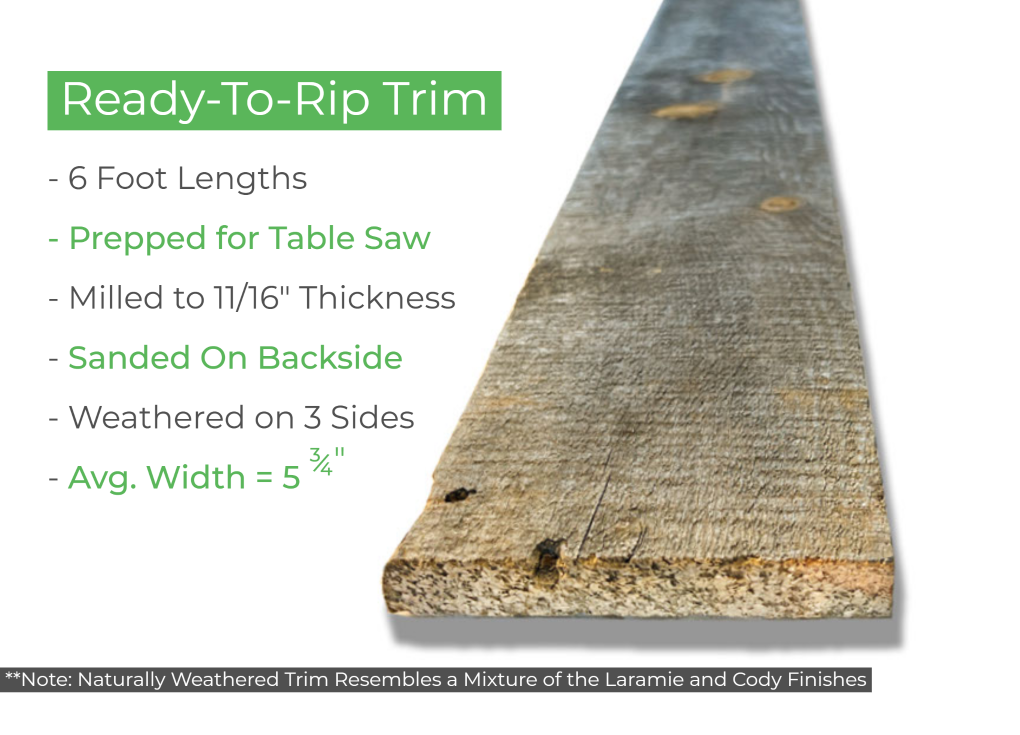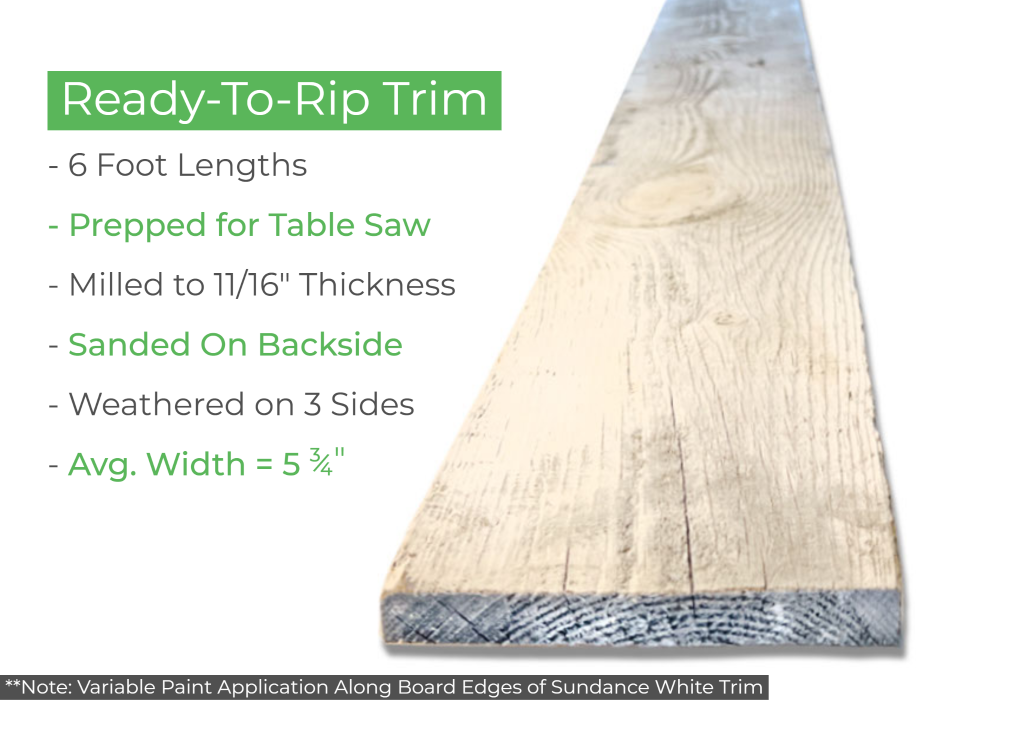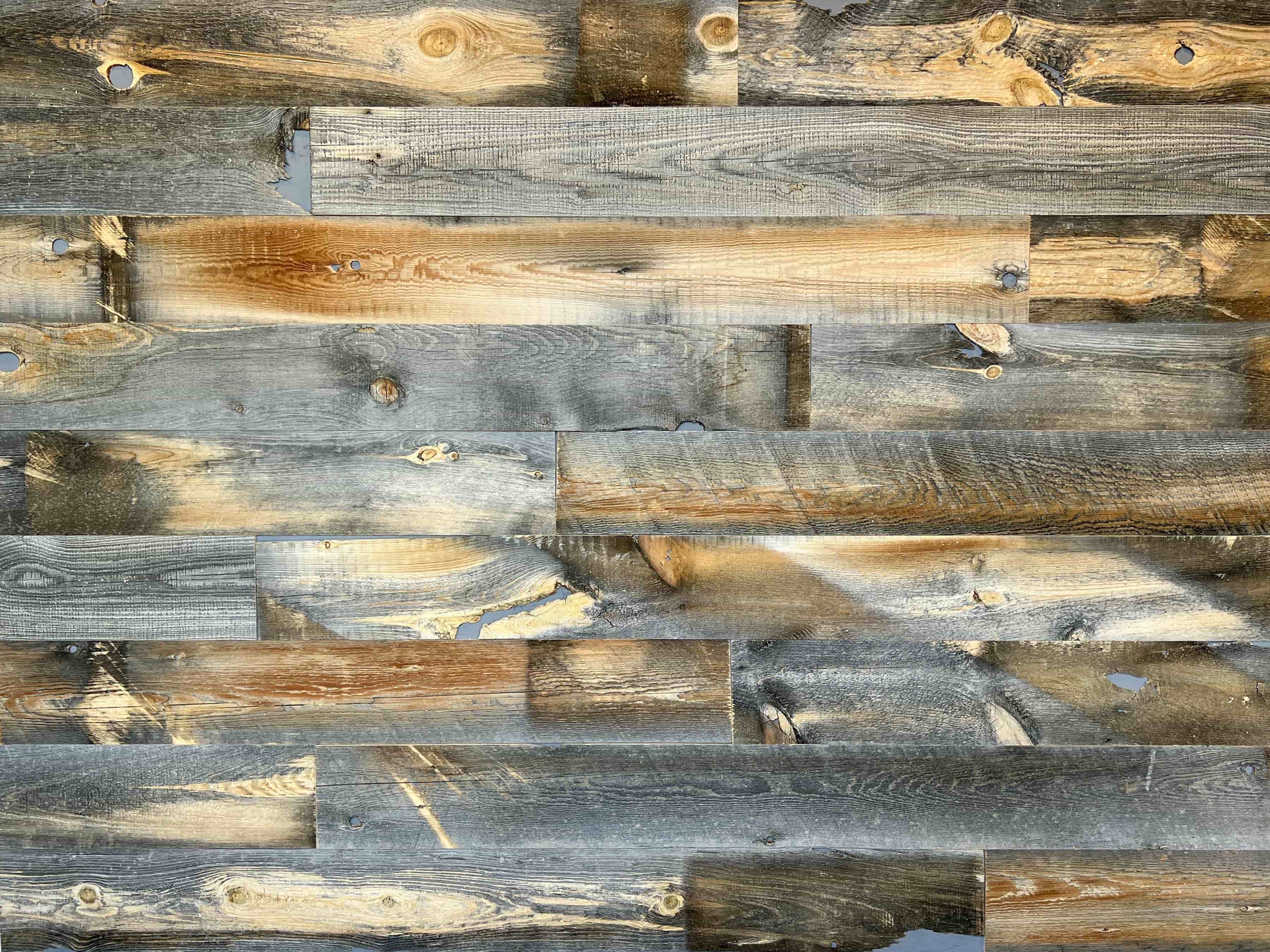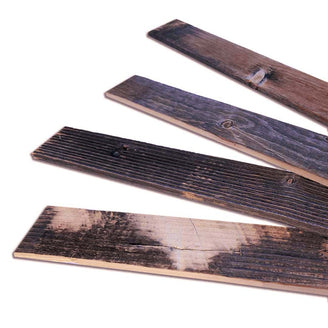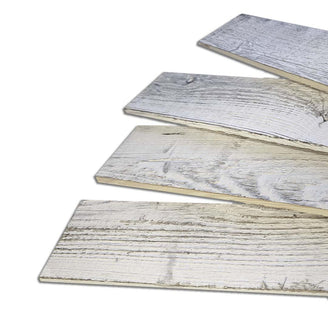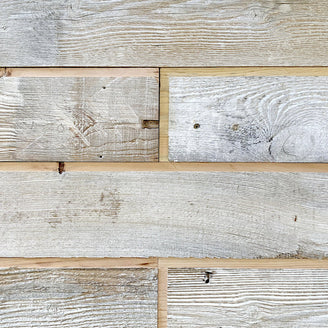Biophilic design principles are based on the idea of biophilia meaning that people are innately drawn to nature. Most everyone would prefer to spend time in a room with windows rather than a windowless room or a room with plenty of plants instead of plain white walls. There are two types of biophilic design elements, direct and indirect.
DESCRIPTION
January 25, 2021
WOOD AS A BIOPHILIC DESIGN ELEMENT
DIRECT BIOPHILIC DESIGN ELEMENTS
- Natural Light – let the sunshine in. Have a liberal Window to Wall Ratio (WWR) while making sure windows are aligned correctly to the path of the sun so that the space will remain cool in the Summer and warm in the Winter.
- Movement – this can refer to things like kinetic sculptures/mobiles or to a floor plan that encourages physical activity like using stairs instead of an elevator. Using curves in walls and ceilings is also another form of using inferred movement.
- Air – natural airflow is an important part of a healthy space and should be implemented whenever the weather allows. Airflow can also be used to naturally regulate temperature in a building.
- Water – water features and koi ponds create a relaxing atmosphere both visually and sonically.
- Plants – indoor trees and plants literally bring the outside in. They also help with air quality by converting carbon dioxide into oxygen.
- Animals – the most common use of this category is fish, which ties in nicely with the water category.
- Materials – using stone and wood on walls and ceilings inside a building creates a direct tie to nature.
INDIRECT BIOPHILIC DESIGN ELEMENTS/BIOMIMICRY
- Photos or paintings of nature scenes.
- Manmade materials with natural patterns or textures like decorative concrete, wallpaper, or tile.
- Paints or stains in greens or blue hues.
- Materials with aged patinas like panels of rusting metal.
Wood can be used as both a direct and indirect biophilic element.
Indirect Biophilic Design/Biomimicry
Direct Biophilic Design
Laramie High School
There is a movement underway to incorporate biophilic design elements into renovations and new builds of schools, hospitals, municipal buildings, and corporate headquarters. The majority of people spend more than 80% of their lives inside. City planners, designers, and architects around the world are working to make the spaces we inhabit healthier and more appealing. Wood is shaping up to be a popular material in this movement.
ATTRIBUTES OF WOOD IN BIOPHILIC DESIGN:
- Seeing the grain of wood reminds us of nature and of being in a forest which has been shown to reduce stress.
- Wood is hypoallergenic and promotes good air quality
- Sound is absorbed by wood through its innate acoustic properties and contributes to a peaceful environment.
- Humidity and temperature levels can be somewhat regulated through the use of wood.
ATTRIBUTES OF WYOMING SNOW FENCE WOOD IN BIOPHILIC DESIGN:
- All of the benefits of regular wood listed above.
- Carbon-negative as it doesn’t require kiln drying to remove insects.
- No VOCs.
- Contributes towards LEED® credits MR3, MR4, and MR5.
- FSC® Recycled 100%.
- Naturally aged finishes and textures.
Using Centennial Woods’ reclaimed wood from snow fences is an excellent way to promote well being in architecture and interior design. The wall planks are perfect for creating both reclaimed wood walls and ceilings in commercial and residential projects.
To learn more about other attributes and advantages of reclaimed wood visit the Ultimate Guide To Reclaimed Wood.
Photo credit: Barett Design Inc. – Helios Apartments in Atlanta, GA by Owners Catalyst Development Partners


